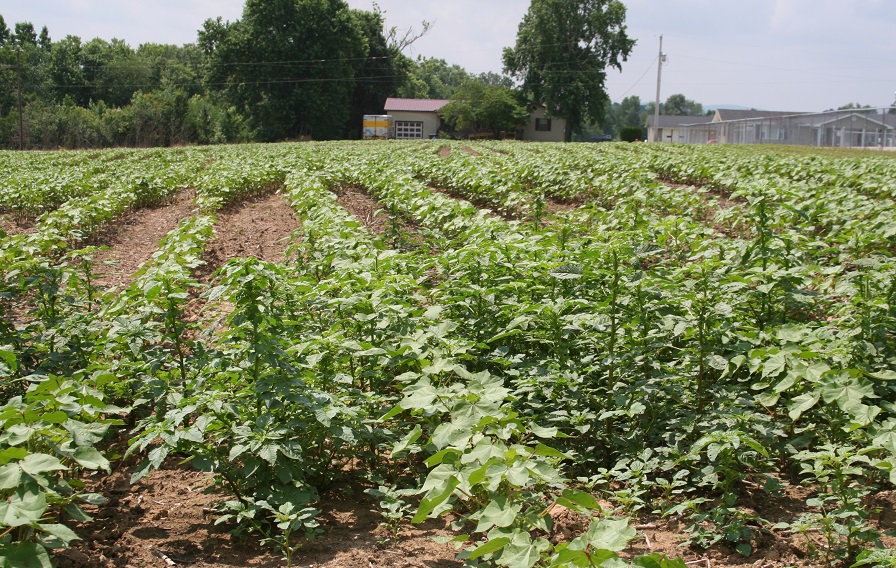Building Demand Enhancement Vehicles
Sometimes the hardest part of developing a cotton demand enhancement program is determining the proper starting point, and taking the first step. But what is that first step? What are the options? Usually a path only becomes clear after the program’s goals are identified. After the goals are identified, then the most effective ways to accomplish those goals can become the topic for discussion.
It is fairly easy to say that a successful promotion strategy is a combination of budget, reach, and target marketing, combined into traditional marketing strategies. But when you add the importance of practicality, cultural diversity and creativity, it is easy to lose sight of the target, and develop a strategy that does not achieve the goals. Not surprising, the application and implementation can then become confusing, especially when retail is not organized conventionally. But it doesn’t need to be that difficult or ambiguous.
The global cotton industries formed the International Forum for Cotton Promotion (IFCP) in the year 2000 to clarify and exchange proven demand enhancement techniques that can be replicated in different regions of the world. Those cotton demand enhancement techniques should be focused domestically, generically, and must be self-funded.
Simply speaking, the IFCP follows cotton’s global supply chain, and attempts to address each step that can impact cotton’s market share at retail. But while the farm may be considered the point of origin for cotton by those who are involved in production, processing, and trading, at a certain point — specifically when the fiber is spun into yarn — most involved in demand enhancement focus on where fabric development starts, and then concentrate on the steps to the consumer. To the fabric development specialist and those training to become one, yarn considerations include shape, strength, size, cost, sometimes staple length, and sometimes country of origin (if it is believed that a retail issue can result from the origin of the material).
But what are your demand enhancement options? Are you interested in how cooperative advertising works? Have you tried to develop a story around the salient features of cotton, or even just tried to determine what the benefits of cotton are? How can you protect your trademark, or even create pop-up store programs? Do your press releases sound like they are professionally prepared, or do they lack excitement? If you are struggling with these questions, help is available. Many of these tools are on the Cotton Promotion Website at www.cottonpromotion.org.
A New Program
In order to enhance this database of proven promotional options, the IFCP will introduce a new program in Spring 2010 called Cotton Promotion Expert. Members of the IFCP and others will be invited to share their experiences and expertise on the website in the IFCP Ten Step format that shows specifically and simply how to accomplish a certain promotional effort. The IFCP members have a wealth of information on implementing different cotton promotion tasks in everything from fashion shows, contests, “Cotton Days,” charities, emblem and logo programs, and combinations of all of the above. Programs have included marathoners wearing tee-shirts with logos, sustainability promotions, museum exhibits, programs where students develop cotton products, and retail display techniques. What is also unique about the IFCP is that those with cotton promotion experience are willing to share that expertise with other like-minded organizations that see the competition as synthetic fibers, not other cottons.
The Cotton Promotion Expert program will also utilize the IFCP Speakers Bureau as one of several venues where these techniques can be presented. The IFCP Speakers Bureau is a program that features panels on product development, fabric sourcing, sustainability issues and other topics of interest to those who practice cotton demand enhancement. The IFCP Speakers Bureau was introduced in Spring 2009 at the 68th ICAC Plenary Meeting that was held in Cape Town, South Africa, featuring interactive discussions videos based on panels held in Singapore, Indonesia, and New York City.








